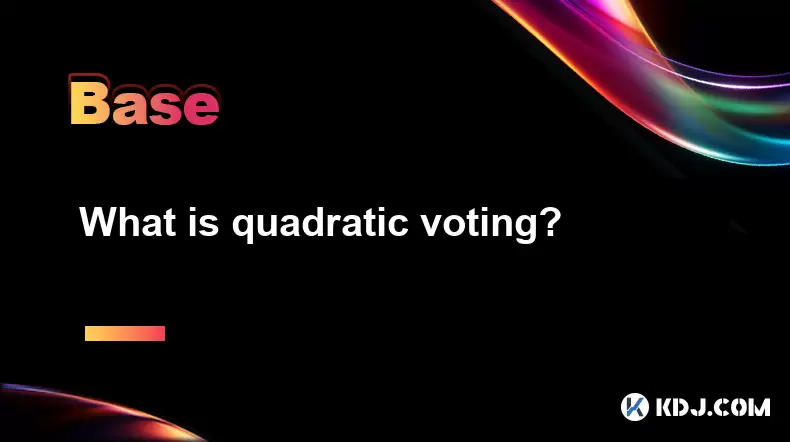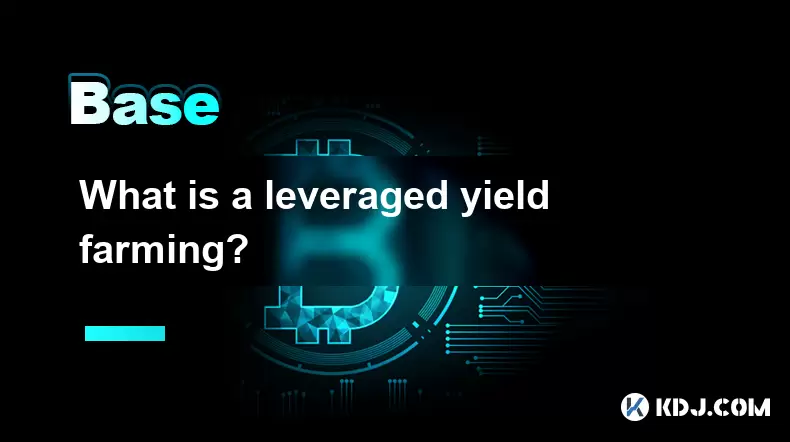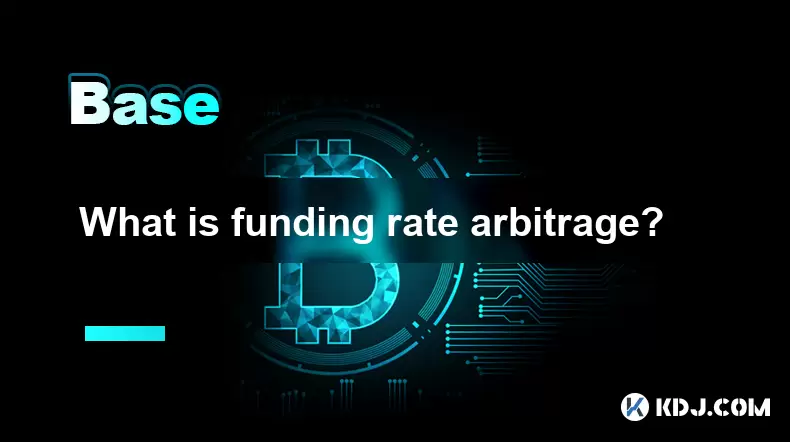-
 Bitcoin
Bitcoin $108,819.5518
-0.69% -
 Ethereum
Ethereum $2,546.4303
-1.98% -
 Tether USDt
Tether USDt $1.0005
0.01% -
 XRP
XRP $2.2214
-2.90% -
 BNB
BNB $657.1700
-0.73% -
 Solana
Solana $149.9325
-3.76% -
 USDC
USDC $0.9999
0.00% -
 TRON
TRON $0.2857
0.63% -
 Dogecoin
Dogecoin $0.1664
-4.69% -
 Cardano
Cardano $0.5794
-4.94% -
 Hyperliquid
Hyperliquid $38.7297
-4.97% -
 Sui
Sui $2.9301
-4.51% -
 Bitcoin Cash
Bitcoin Cash $479.0017
-5.25% -
 Chainlink
Chainlink $13.3757
-3.73% -
 UNUS SED LEO
UNUS SED LEO $9.0431
0.26% -
 Avalanche
Avalanche $18.1653
-4.68% -
 Stellar
Stellar $0.2385
-2.81% -
 Toncoin
Toncoin $2.8122
-3.60% -
 Shiba Inu
Shiba Inu $0.0...01157
-4.51% -
 Litecoin
Litecoin $87.7183
-4.59% -
 Hedera
Hedera $0.1553
-3.42% -
 Monero
Monero $322.6296
0.00% -
 Polkadot
Polkadot $3.4396
-5.36% -
 Dai
Dai $1.0001
0.00% -
 Ethena USDe
Ethena USDe $1.0003
0.00% -
 Bitget Token
Bitget Token $4.4897
-2.62% -
 Uniswap
Uniswap $7.3618
-4.61% -
 Aave
Aave $270.9309
-3.95% -
 Pepe
Pepe $0.0...09754
-8.68% -
 Pi
Pi $0.4825
-3.91%
What is quadratic voting?
Quadratic voting allows people to buy votes at a quadratic cost, reflecting preference intensity while preventing dominance by any single voter.
Jul 04, 2025 at 07:42 am

Understanding the Concept of Quadratic Voting
Quadratic voting (QV) is a decision-making mechanism that allows individuals to express their preferences in a more nuanced way than traditional one-person-one-vote systems. Unlike conventional voting, where each person casts one vote per issue, quadratic voting enables participants to buy votes, with the cost of additional votes increasing quadratically.
This system is based on the idea that people have different intensities of preference for various issues. For example, one individual may feel strongly about a specific policy change and be willing to allocate more resources (votes) toward it, while another may not care as much. By allowing this flexibility, quadratic voting aims to reflect the true strength of public opinion in collective decisions.
How Quadratic Voting Works
In quadratic voting, each participant receives a certain number of credits or tokens that they can use to cast votes. The cost of casting multiple votes follows a quadratic function, meaning that if you want to cast two votes on a single option, it costs 2² = 4 credits; three votes would cost 3² = 9 credits, and so on.
For instance:
- Casting 1 vote costs 1 credit
- Casting 2 votes costs 4 credits
- Casting 3 votes costs 9 credits
- Casting 4 votes costs 16 credits
This pricing structure discourages individuals from monopolizing the vote while still allowing them to express strong preferences when necessary. The total cost increases rapidly with each additional vote, ensuring that no single voter can dominate the process without significant investment.
Applications in the Cryptocurrency Ecosystem
Within the cryptocurrency space, quadratic voting has found relevance in decentralized governance models. Many blockchain-based platforms use token-weighted voting mechanisms, but these often favor large token holders. To address this imbalance, projects like Gitcoin have adopted quadratic funding and quadratic voting to distribute resources more equitably among community members.
Gitcoin Grants, for example, uses quadratic funding, a variant of QV, to match donations to public goods projects. In this model, small contributions from many users can receive larger matching funds due to the quadratic formula applied behind the scenes. This encourages broader participation and supports initiatives that benefit the wider community rather than just those backed by large stakeholders.
Implementation Steps in Blockchain-Based Governance
Deploying quadratic voting within a blockchain ecosystem involves several key steps:
- Design the voting mechanism: Decide whether to use pure quadratic voting or integrate it into a funding model.
- Distribute voting credits or tokens: These should be allocated fairly, either equally among participants or based on existing token holdings.
- Build or select a platform: Choose a secure, transparent platform capable of handling quadratic calculations and preventing manipulation.
- Ensure transparency and auditability: Since votes are tied to cryptographic transactions, maintaining an open ledger is crucial.
- Educate participants: Users must understand how the system works and how to use their credits effectively.
Each step requires careful planning to prevent abuse and ensure equitable outcomes. Smart contracts play a critical role in enforcing the rules automatically, eliminating the need for centralized oversight.
Challenges and Considerations
Despite its benefits, quadratic voting is not without challenges. One major concern is the potential for collusion, where groups coordinate to maximize their voting power collectively. Another issue is the complexity involved in understanding how votes translate into influence, which may deter some users from participating.
Additionally, there's the question of credit allocation fairness—should every user receive the same amount of voting credits, or should it be based on stake? Each approach has trade-offs, and finding the right balance depends on the goals of the organization implementing the system.
Security is also a vital consideration. If the system isn't properly protected, malicious actors could exploit vulnerabilities to manipulate results. Therefore, robust smart contract auditing and thorough testing are essential before launching any QV-based initiative.
FAQs
Q: Can quadratic voting be used outside of cryptocurrency and blockchain?
A: Yes, quadratic voting is a general-purpose decision-making tool and has been tested in political science, economics, and even corporate governance settings.
Q: Is quadratic voting resistant to Sybil attacks?
A: Not inherently. Additional measures such as identity verification or token staking are typically required to prevent fake accounts from distorting outcomes.
Q: How does quadratic funding differ from quadratic voting?
A: Quadratic funding applies the principles of quadratic voting to financial contributions, using matching funds to amplify smaller donations and encourage broad-based support.
Q: Are there open-source tools available for implementing quadratic voting?
A: Yes, platforms like clr.fund and PVote offer open-source implementations of quadratic voting and related mechanisms for decentralized communities.
Disclaimer:info@kdj.com
The information provided is not trading advice. kdj.com does not assume any responsibility for any investments made based on the information provided in this article. Cryptocurrencies are highly volatile and it is highly recommended that you invest with caution after thorough research!
If you believe that the content used on this website infringes your copyright, please contact us immediately (info@kdj.com) and we will delete it promptly.
- Sui Price Surges Amid Lion Group's Treasury Move: What's Next?
- 2025-07-04 16:30:13
- Wormhole, Coinbase, and Interoperability: A New Era for Crypto?
- 2025-07-04 16:30:13
- Cryptos, Jerome Powell, and Recession: Decoding the Latest Market Moves
- 2025-07-04 14:30:12
- Vitalik Buterin, Ethereum, and Decentralization: A New Yorker's Take
- 2025-07-04 15:30:12
- NEAR Protocol, Staking, and Bitwise ETP: A New Era for AI Chains?
- 2025-07-04 15:30:12
- Bitcoin Price Wobbles Amid Tariff Jitters and Crypto Week Buzz
- 2025-07-04 15:50:12
Related knowledge

What is a user-generated content (UGC) NFT platform?
Jul 04,2025 at 01:49pm
Understanding the Concept of a UGC NFT PlatformA user-generated content (UGC) NFT platform is a digital marketplace or ecosystem where users can create, mint, and trade non-fungible tokens (NFTs) that represent ownership of original digital content they produce. Unlike traditional NFT platforms where creators often include professional artists or develo...

What is a token generation event (TGE)?
Jul 04,2025 at 07:14am
Understanding the Basics of a Token Generation Event (TGE)A Token Generation Event (TGE) refers to the process through which a blockchain project creates and distributes its native tokens to investors, participants, or stakeholders. This event is often associated with new cryptocurrency projects launching on platforms like Ethereum, Binance Smart Chain,...

What is a block explorer API?
Jul 04,2025 at 05:07am
Understanding the Role of a Block Explorer APIA block explorer API is a crucial interface that enables developers and users to interact programmatically with blockchain data. Unlike traditional APIs used in web services, a block explorer API specifically provides access to blockchain-related information such as transaction details, wallet balances, bloc...

What is a leveraged yield farming?
Jul 04,2025 at 09:36am
Understanding Leveraged Yield FarmingLeveraged yield farming is a more advanced form of yield farming, which itself is a popular method in the decentralized finance (DeFi) ecosystem to earn returns by providing liquidity to various protocols. In traditional yield farming, users deposit tokens into a DeFi platform and earn rewards in return, often in the...

What is open interest in derivatives?
Jul 03,2025 at 02:49pm
Understanding Open Interest in DerivativesOpen interest is a critical metric used in the cryptocurrency derivatives market, particularly when analyzing futures and options contracts. It represents the total number of outstanding contracts that have not been settled or closed by either party involved. Unlike trading volume, which counts all trades made i...

What is funding rate arbitrage?
Jul 04,2025 at 11:43am
Understanding Funding Rate Arbitrage in the Cryptocurrency MarketFunding rate arbitrage is a trading strategy employed by crypto traders to exploit differences in funding rates across various perpetual futures exchanges. In perpetual contracts, funding rates are periodic payments made between long and short traders depending on whether the price of the ...

What is a user-generated content (UGC) NFT platform?
Jul 04,2025 at 01:49pm
Understanding the Concept of a UGC NFT PlatformA user-generated content (UGC) NFT platform is a digital marketplace or ecosystem where users can create, mint, and trade non-fungible tokens (NFTs) that represent ownership of original digital content they produce. Unlike traditional NFT platforms where creators often include professional artists or develo...

What is a token generation event (TGE)?
Jul 04,2025 at 07:14am
Understanding the Basics of a Token Generation Event (TGE)A Token Generation Event (TGE) refers to the process through which a blockchain project creates and distributes its native tokens to investors, participants, or stakeholders. This event is often associated with new cryptocurrency projects launching on platforms like Ethereum, Binance Smart Chain,...

What is a block explorer API?
Jul 04,2025 at 05:07am
Understanding the Role of a Block Explorer APIA block explorer API is a crucial interface that enables developers and users to interact programmatically with blockchain data. Unlike traditional APIs used in web services, a block explorer API specifically provides access to blockchain-related information such as transaction details, wallet balances, bloc...

What is a leveraged yield farming?
Jul 04,2025 at 09:36am
Understanding Leveraged Yield FarmingLeveraged yield farming is a more advanced form of yield farming, which itself is a popular method in the decentralized finance (DeFi) ecosystem to earn returns by providing liquidity to various protocols. In traditional yield farming, users deposit tokens into a DeFi platform and earn rewards in return, often in the...

What is open interest in derivatives?
Jul 03,2025 at 02:49pm
Understanding Open Interest in DerivativesOpen interest is a critical metric used in the cryptocurrency derivatives market, particularly when analyzing futures and options contracts. It represents the total number of outstanding contracts that have not been settled or closed by either party involved. Unlike trading volume, which counts all trades made i...

What is funding rate arbitrage?
Jul 04,2025 at 11:43am
Understanding Funding Rate Arbitrage in the Cryptocurrency MarketFunding rate arbitrage is a trading strategy employed by crypto traders to exploit differences in funding rates across various perpetual futures exchanges. In perpetual contracts, funding rates are periodic payments made between long and short traders depending on whether the price of the ...
See all articles

























































































